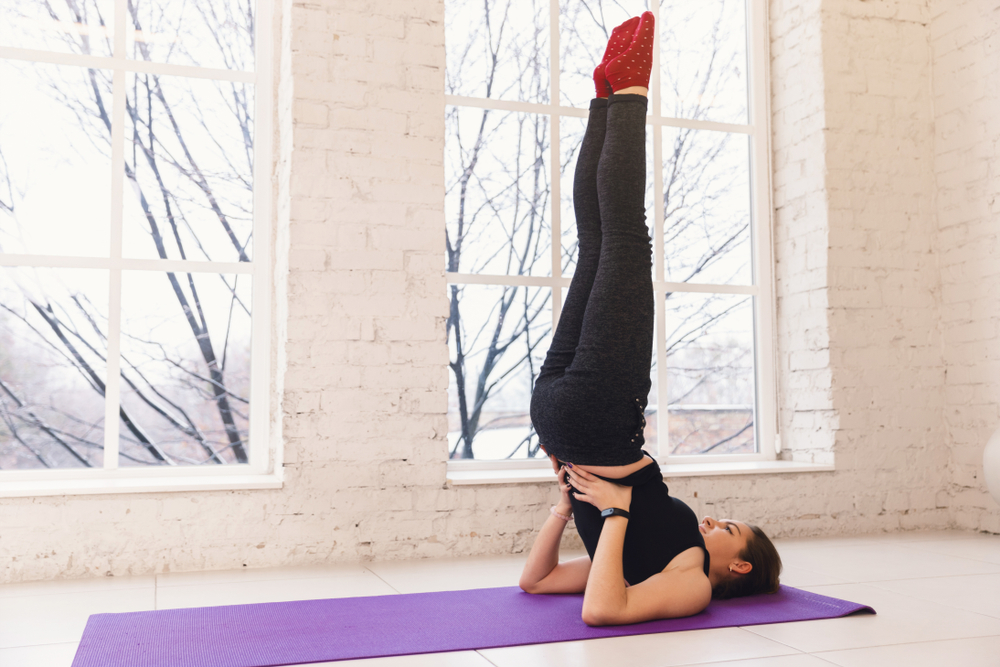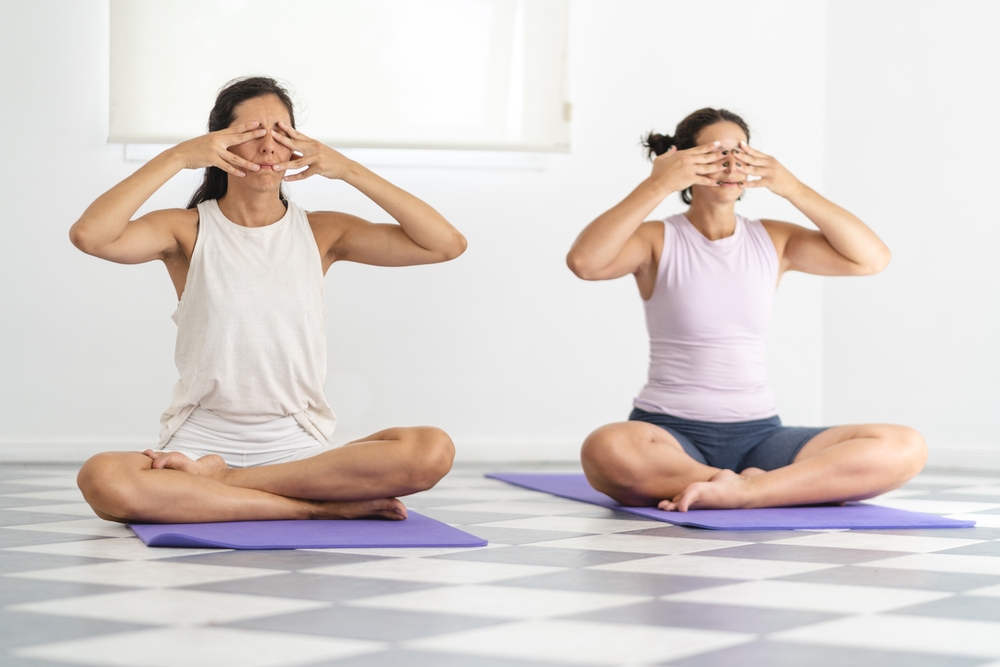In today’s fast-paced world, memory plays a crucial role in our daily lives, whether it’s remembering appointments, learning new skills, or simply recalling the name of a person we just met. Unfortunately, with increasing distractions and stress, many people struggle with memory lapses. While there are several ways to boost memory, yoga stands out as a natural and holistic approach. Not only does yoga benefit the body, but it also enhances brain function, including memory retention and recall.
How Yoga Enhances Memory
Yoga combines physical postures, breathing exercises, and mindfulness techniques to promote overall mental clarity. When practiced regularly, yoga can:
- Improve Blood Circulation Enhanced blood flow ensures that oxygen and essential nutrients reach the brain, improving its functioning.
- Reduce Stress Levels High stress is one of the primary causes of memory issues. Yoga reduces cortisol levels, which helps calm the mind and create a better environment for memory formation.
- Boost Focus and Concentration Yoga trains your mind to focus, which directly impacts your ability to retain information and recall it later.
- Stimulate Brain Regions Specific yoga poses stimulate the brain’s hippocampus, a key region involved in memory and learning.
Best Yoga Poses for Memory Improvement
Certain yoga poses, also known as “asanas,” are particularly effective for boosting memory and concentration. Here are some you can include in your routine:
1. Sarvangasana (Shoulder Stand)
This pose, known as the ‘queen of asanas,’ boosts brain blood flow and sharpens thinking.
How to do it: Lie on your back, lift your legs and back upwards, and support your lower back with your hands. Make sure to straighten your legs and point your toes upwards.

2. Padmasana (Lotus Pose)
This simple sitting pose encourages mindfulness and improves focus. By calming the mind, it makes information retention easier.
How to do it: Sit cross-legged with your hands resting on your knees, palms facing up. Shut your eyes and just pay attention to your breathing.
3. Halasana (Plow Pose)
This pose stretches the neck and spine while boosting blood flow to the brain. It also helps reduce fatigue and stress, which are memory blockers.
How to do it: From the shoulder stand, lower your legs behind your head until your toes touch the floor. Keep your hands on your back or flat on the floor.
4. Tadasana (Mountain Pose)
Although it seems simple, this pose is excellent for improving focus and aligning the body’s energy.
How to do it: Stand straight with your feet together and arms at your sides. Lift your arms up, stretch your body, and balance on your toes.
5. Paschimottanasana (Seated Forward Bend)
This forward bend relaxes the nervous system and reduces anxiety, helping to clear mental clutter.
How to do it: Sit down and stretch your legs straight out in front of you. Bend forward and try to touch your toes, keeping your back straight.
The Role of Pranayama in Memory Enhancement
Breathing exercises, or pranayama, are an integral part of yoga and play a significant role in improving memory. Controlled breathing increases oxygen supply to the brain, enhancing mental sharpness. Here are two powerful pranayama techniques:
1. Nadi Shodhana (Alternate Nostril Breathing)
This technique calms the mind and balances brain hemispheres, improving focus and memory.
How to do it: Use your thumb to gently close your right nostril and breathe in through your left nostril. Now, close your left nostril and breathe out through the right one. Repeat the process for 5-10 minutes.
2. Bhramari (Bee Breathing)
Bhramari is known for its calming effects on the nervous system, which helps in better information retention.
How to do it: Inhale deeply and exhale while making a humming sound like a bee. Repeat for 5-7 minutes.

The Science Behind Yoga and Memory
Research has shown that regular yoga practice positively impacts brain health. A study published in the Journal of Alzheimer’s Disease found that yoga and meditation practices significantly improved verbal memory and visual-spatial memory in adults. Another study highlighted that yoga enhances the production of brain-derived neurotrophic factor (BDNF), a protein that supports the growth of new neurons and improves overall brain function.
Tips for Maximizing the Benefits of Yoga for Memory
- Practice Consistently:Consistent practice is key for lasting rewards. Spend just 20 minutes a day and see a significant impact.
- Combine Yoga with a Balanced Diet: Nutrient-rich foods like walnuts, berries, and leafy greens complement yoga’s effects on memory.
- Drink plenty of water: it’s key to keeping your brain working at its best.
- Avoid Overexertion: Focus on gentle and mindful movements rather than pushing your body too hard.
- Pair Yoga with Meditation: Meditation enhances the memory-boosting effects of yoga by calming the mind further.
Conclusion
Yoga is much more than a physical exercise; it’s a holistic practice that nurtures the mind and body. By improving blood flow, reducing stress, and enhancing focus, yoga provides a natural and effective way to sharpen your memory. Whether you’re a student looking to retain information better or an adult seeking to stay mentally sharp, incorporating yoga into your daily routine can yield significant benefits. Start small, stay consistent, and watch as your mind becomes clearer, sharper, and more focused over time.
Remember, the path of yoga is just as important as the goal. So, unroll your mat, take a deep breath, and begin your path to a healthier mind and stronger memory today.



